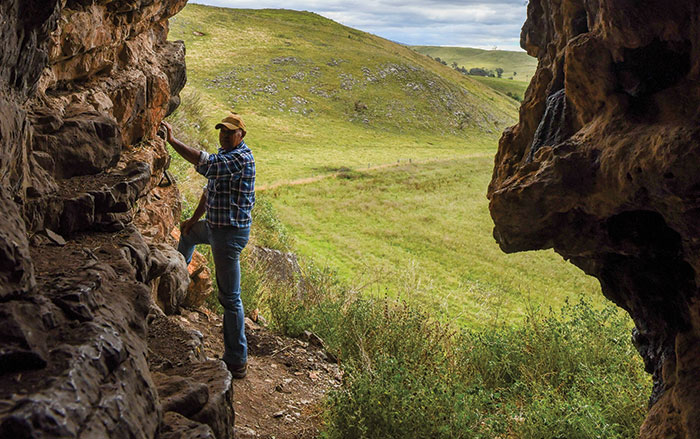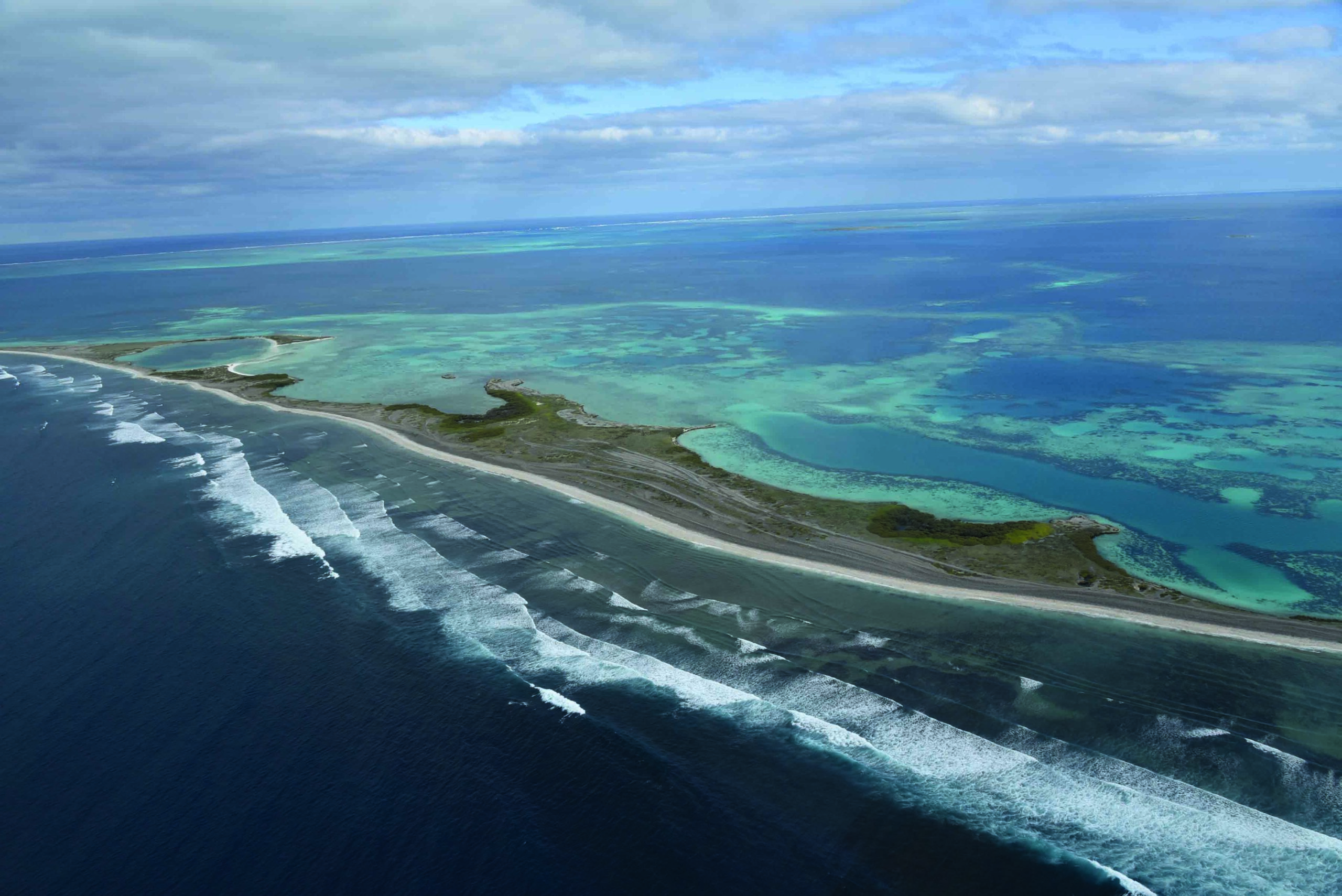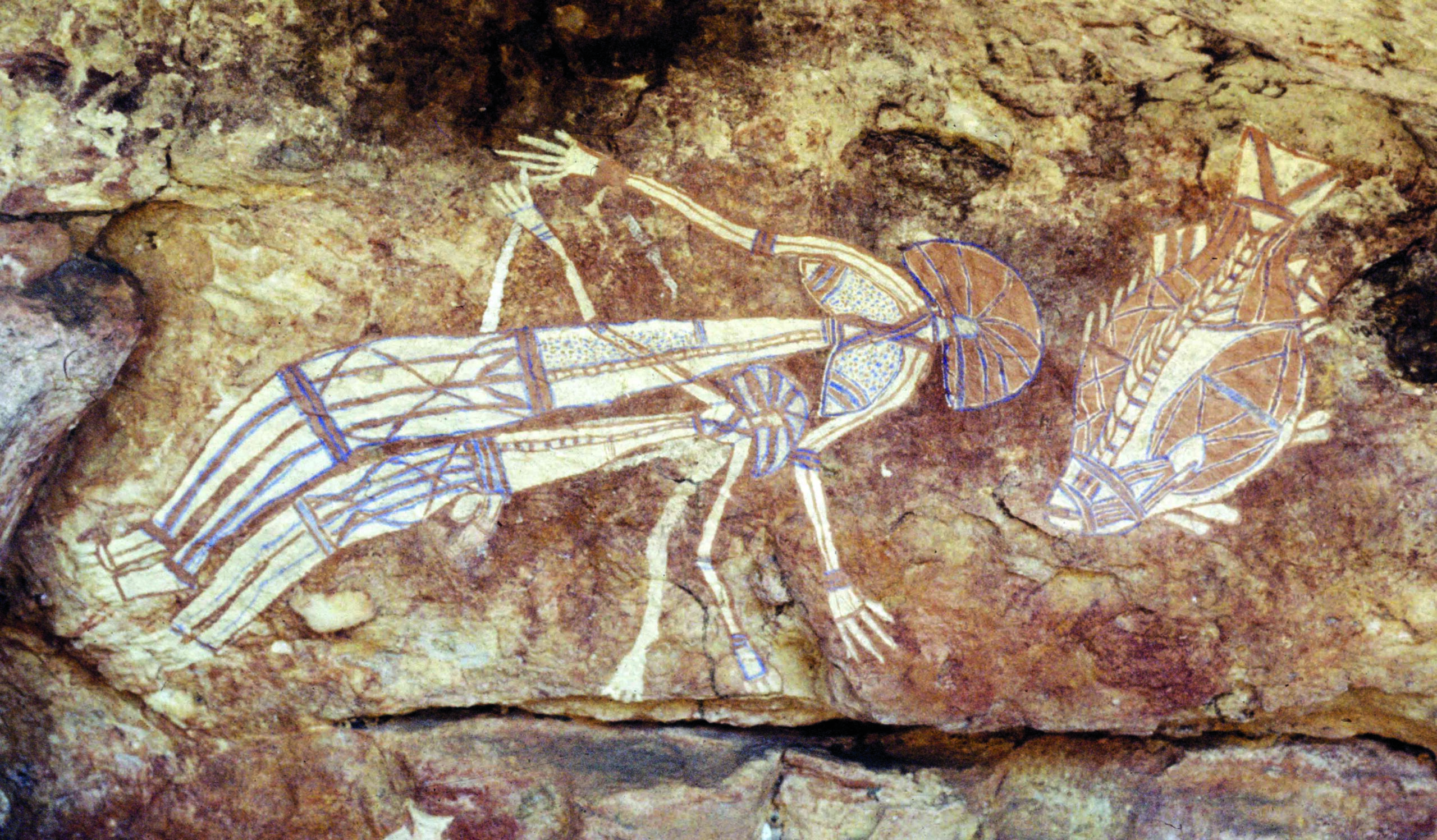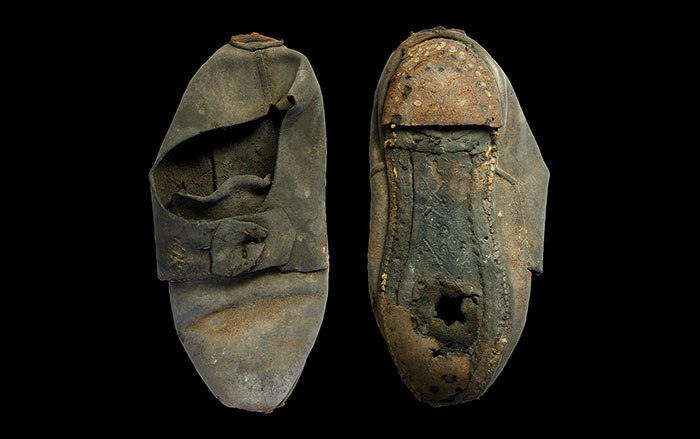
VICTORIA, AUSTRALIA—The International Business Times reports that scientists led by Sander van der Kaars of Monash University and Gifford Miller of the University of Colorado Boulder collected a sediment core in the Indian Ocean off the coast of southwest Australia. The core contained layers of dust, pollen, ash, and spores from a fungus that grew on the dung of plant-eating mammals that had blown or washed into the ocean. The scientists used this information to construct a model of the climate and ecosystems in southwest Australia over the past 150,000 years. The number of fungus spores in the layers of the core suggest the herbivores were plentiful in the region between 150,000 and 45,000 years ago. But then the megafauna population collapsed over a period of just a few thousand years, even though the climate remained relatively stable. Miller explained that if modern human hunters had killed even one juvenile male per year, it could have limited the ability of the species to reproduce and led to extinction in just a few hundred years. For more on archaeology in Australia, go to “Death by Boomerang.”










